Which milk is best for latte art?
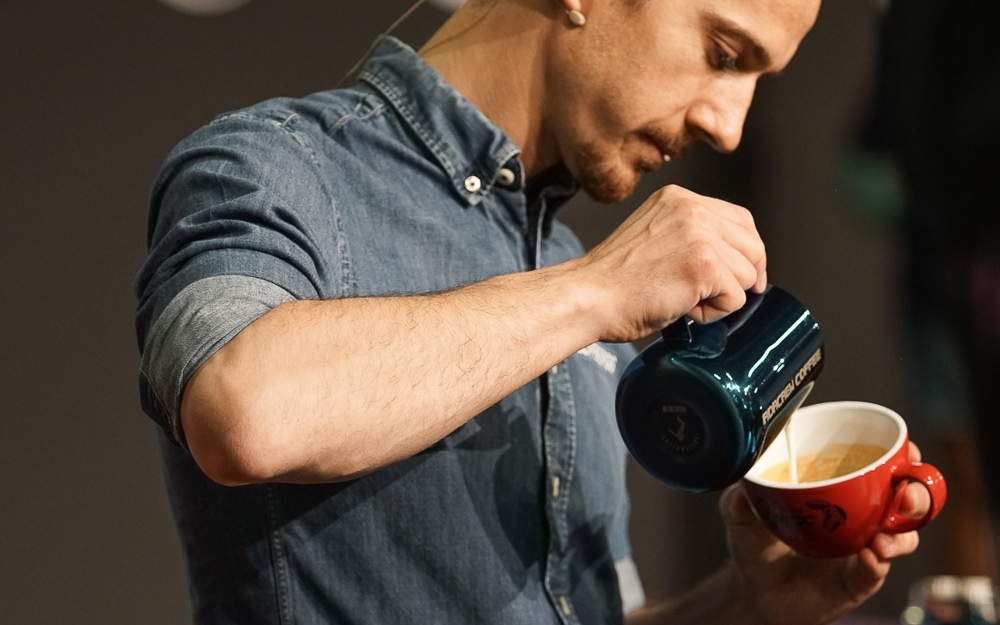
The world over, many people enjoy milk-based coffee beverages – from flat whites and lattes to cappuccinos. In fact, an estimated 91% of all coffee beverages were prepared with cow’s milk in 2020 – but plant milks are also becoming more popular.
Alongside the creamy texture and natural sweetness, latte art is a huge part of why milk-based drinks are so widely consumed. The aesthetic appeal of latte art, as well as the well-textured microfoam used to pour it, add to the overall beverage experience.
However, with an ever-growing range of milks now available on the market – including plant-based options – it can be challenging to know which types of milk are most suitable for latte art.
To find out, I spoke with three coffee professionals. Read on for more of their insight.
You may also like our guide to working with plant milks.
Why do we add milk to coffee?
In many countries around the world, milk is a staple of most people’s diets – particularly cow’s milk. It’s estimated there are some 270 million cows in the world which produce milk for human consumption. Other cultures, meanwhile, prefer to drink plant milks such as soy.
As well as with many other food and beverage products, many people choose to add milk to coffee – whether as espresso or filter.
There are several reasons for this, but the most prevalent is that milk balances the “classic” bitter flavour profile that most people associate with coffee – changing it to be sweeter and less bitter. Moreover, adding milk to coffee can also enhance the texture of the beverage, making it smoother and more well-rounded.
This is even more apparent when milk is steamed – creating a silky microfoam which can be used to pour latte art.
Why is latte art so popular?
Alessandro Zengiaro is the Technical Lead at Assembly Coffee and Volcano Coffee Works in London, UK.
“Latte art adds something to the coffee drinking experience,” he says. “Think about cooking – when a dish looks great, it improves the whole eating experience, and so does latte art with coffee.”
In fact, a study from The Journal of Sensory Studies found that customers often pay up to 13% more for high-quality latte art – and are usually happy to do so.
He adds that while customers ultimately enjoy latte art, baristas also benefit from it, too.
“It’s fun for baristas to pour latte art, and it’s a good way for them to showcase their skills,” he explains. “Events like latte art throwdowns or competitions are a good way to engage with the coffee community.
“It was one of the main reasons I started practising latte art,” he adds.
Alexander Ntatsos is a two-time Swedish Latte Art Champion and owner of Splash Coffee Company in Stockholm, Sweden.
“Latte art provides enormous scope for creativity,” he tells me. “There are many different techniques that new baristas can learn to help them adopt more skills in a short period of time.
“For example, [a few years ago], it took me about four years to learn how to pour a heart,” he adds. “Today, after one day of training, you can learn to pour rosettas and tulips, and a few days after that, some more advanced patterns.”
The rise of plant milks
While dairy remains the most popular milk for coffee in many different countries, consumption of plant milks has been growing for some time, too. In 2022, retail sales of plant-based milks increased by 6% to reach US $19.1 billion.
There are many reasons why consumers opt for plant milks. For instance, these milks cater to people who are either lactose intolerant or follow a vegan diet. Plant milks can also be more sustainable as they typically have a lower carbon footprint than cow’s milk.
Attitudes towards plant milks are also changing in specialty coffee – particularly in competitions. Oat milk has been a staple of coffee shops for some time now, but in 2019, Canadian Barista Championship competitor Cristian Tellez used Minor Figures oat milk during his routine. As a result, he received zero points for his milk beverage course.
Similarly, in October 2023, German Barista Championship competitor Mikolaj Pciecha also used oat milk during his performance. The following month, Suedhang Kaffee (which Pciecha worked for) published an open statement made to SCA Germany which requested that the organisation would “refrain from the compulsory use of cow’s milk at all upcoming competitions”, as well as developing a new set of more inclusive rules for the national competition and the World Barista Championship.
This move, along with a number of other events, led to the new plant milk rule at the 2023 World Barista Championship – an indication of more widespread acceptance of plant milks. Following this, several competitors used plant milks at this year’s WBC:
Danish competitor Patrik Rolf, who placed sixth, used coconut milk as part of a blend
Canadian competitor and semi-finalist Benjamin Put used a blend containing 40% oat milk
UK competitor Ian Kissick used a freeze-distilled oat milk
A big part of this is thanks to the higher-quality barista-formulated plant milks which have launched over the past few years, as well as the broader range of varieties available.
So which milk is best for latte art?
It’s fair to say that most consumers expect their milk-based beverages to be served with latte art. However, no matter which milk is used, training is always key.
Renata Zanon is a coffee trainer and consultant in Italy. She believes it’s never been more important for baristas to focus on latte art when training, as well as all aspects of preparing coffee.
“When learning how to pour latte art, we need to teach baristas how to extract great espresso first,” she says.
Cow’s milk
Traditionally speaking, baristas use cow’s milk to pour latte art. To do this, they need to incorporate air into the liquid to create microfoam.
Dairy milk contains various proteins, including whey and casein. Through steaming, heat, water, and air unravel these proteins and other compounds – giving a barista some degree of control over the milk’s texture:
As milk heats up, sugars like lactose break down, which increases sweetness
At the same time, the hydrophobic ends of the milk proteins are attracted to air bubbles, while the hydrophilic ends bind closely to water molecules
This creates a stable membrane that traps air bubbles, which then produces microfoam
Finally, fats in milk enhance mouthfeel and lead to a creamier texture
“Cow’s milk is the easiest to work with, and gives the best results when it comes to microfoam and texture,” Alessandro says.
Alexander agrees, saying that cow’s milk with 3% to 3.8% fat helps to make the milk more silky and easier to pour latte art. He recommends steaming dairy milk to between 53ºC to 55ºC (127ºF to 131ºF) for the best latte art results.
He continues saying that low-fat or lactose-free milk is sometimes more challenging to use than milk with a higher fat content. Moreover, any changes to a cow’s diet can impact the quality and protein-to-fat ratio of their milk – which also affects how easy it is to work with for pouring latte art.
Plant milks
It’s important to note that there are many different types of commercially-available plant milks.
“Demand for plant-based milks from customers is up and baristas have had to adapt,” Alexander says. “When I moved to Sweden in 2016, it was hard to work consistently with plant milks as some were better than others.
“Today, you can pour high-quality patterns with almost all of them,” he adds.
However, adding plant milks to more acidic coffees – as well as lighter roasts – can cause curdling. To combat these issues, many plant milk manufacturers add acidity regulators and stabilisers.
Oat milk
Both Alexander and Alessandro agree that oat milk is one of the easiest plant-based milks to work with. Alessandro says that it’s easier to foam than other types, while Alexander recommends steaming and pouring with it in the same way as cow’s milk – especially when first introducing the steam.
Almond milk
Because of its lower fat content, Alexander and Alessandro both agree that it’s challenging to create latte art with almond milk. To avoid any difficulties, Alexander says it’s best to pour simple shapes like hearts and tulips.
Other types of plant-based milks
Alexander tells me he has worked with soy, fava (broad) bean, pea, and potato milks. Of the alternative milks Alessandro has used, he says he found macadamia milk to be the most challenging.
For soy milk specifically, he says incorporating more air into the liquid helps to enhance the texture of the drink.
When working with other types of plant milks, Alexander recommends introducing steam earlier on in the process. He also suggests not to heat the milk over 55ºC, as well as swirling it during the steaming process.
“I’ve noticed that the same milk from different brands has different foaming properties,” Alexander says. “I suggest keeping the temperature lower than when you steam cow’s milk by adjusting your steaming technique or adding a dash of cold milk before pouring.”
For now, it’s evident that cow’s milk remains the most popular choice for milk-based coffee beverages. Similarly, it’s also clear that dairy produces the best results for latte art.
However, there is no one-size-fits-all approach to steaming milk for latte art. And with plant milks becoming increasingly popular year-on-year, baristas need to learn how to steam a range of milks to produce the highest-quality latte art possible.
Enjoyed this? Then read our article on the plant milk rule at the World Barista Championship.
Image credits: Alessandro Zengiaro, Alexander Datsos
Perfect Daily Grind
Want to read more articles like this? Sign up for our newsletter!
The post Which milk is best for latte art? appeared first on Perfect Daily Grind.
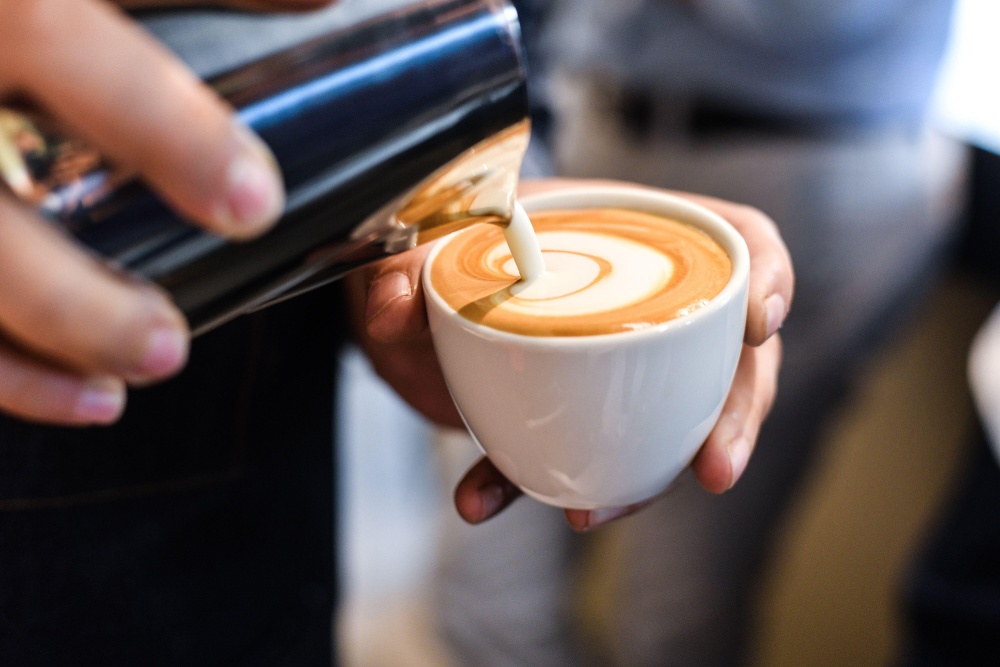
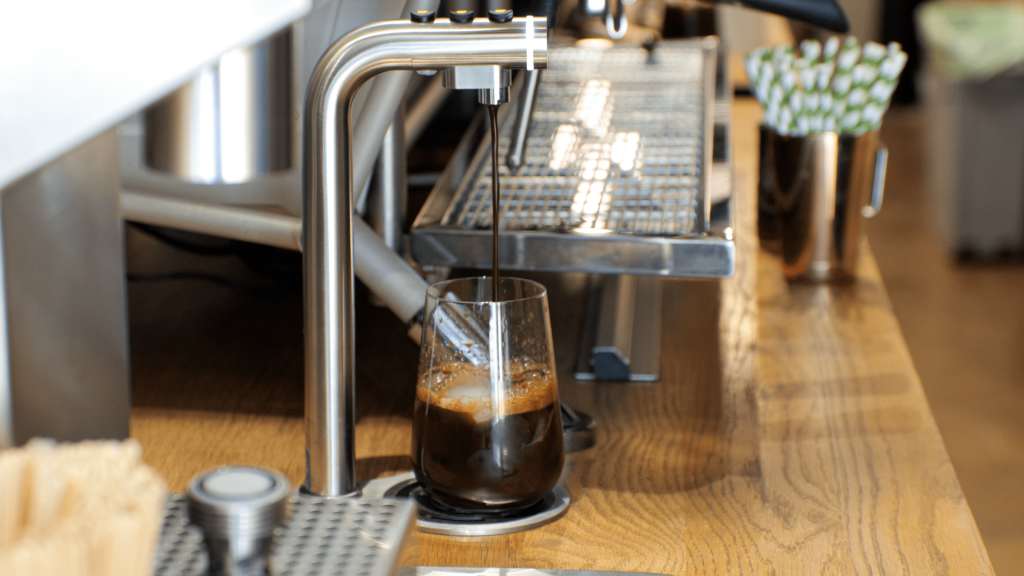
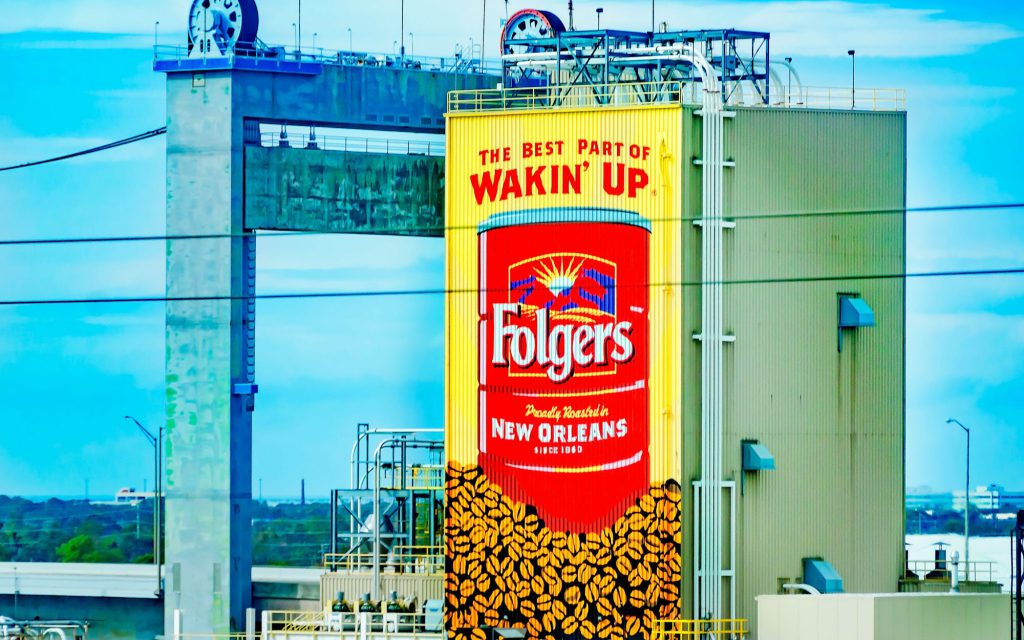
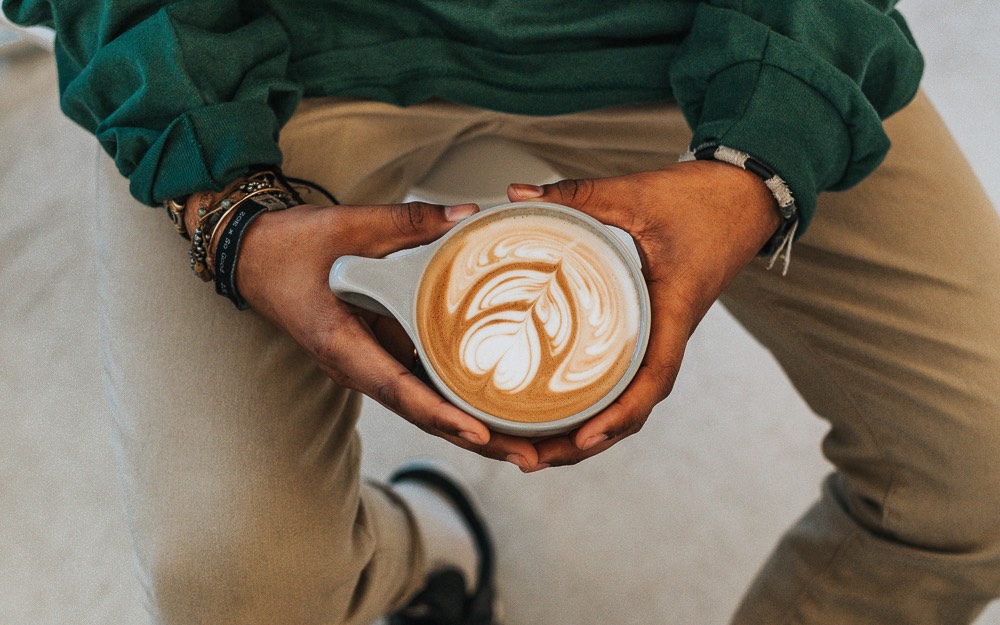
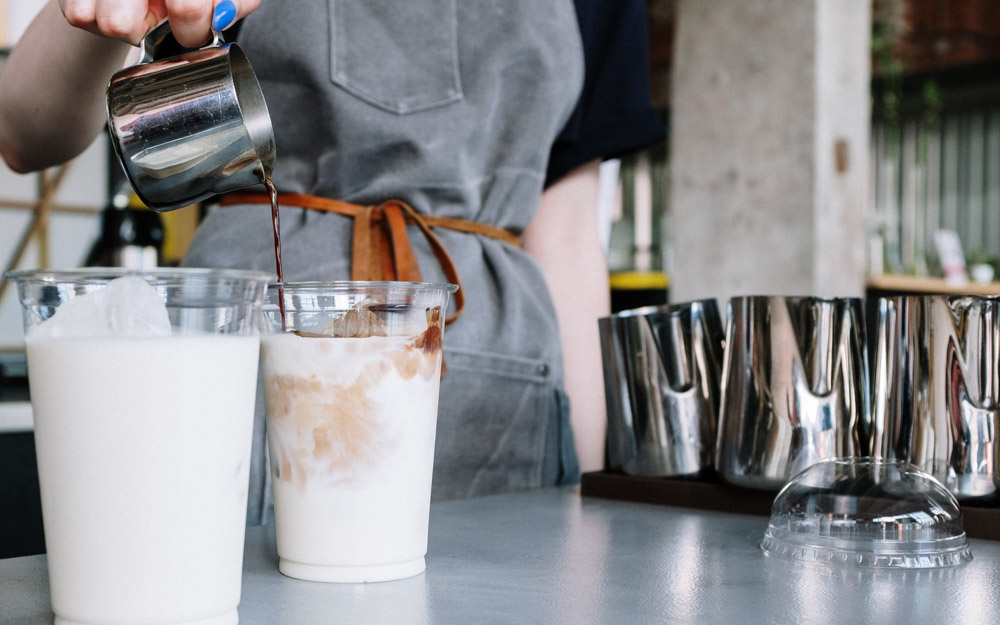
Responses